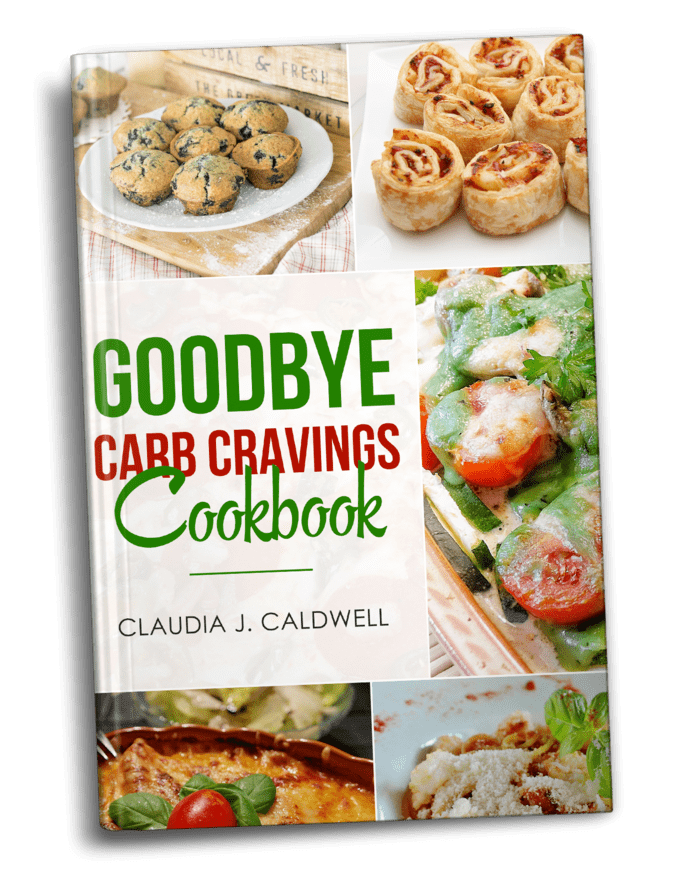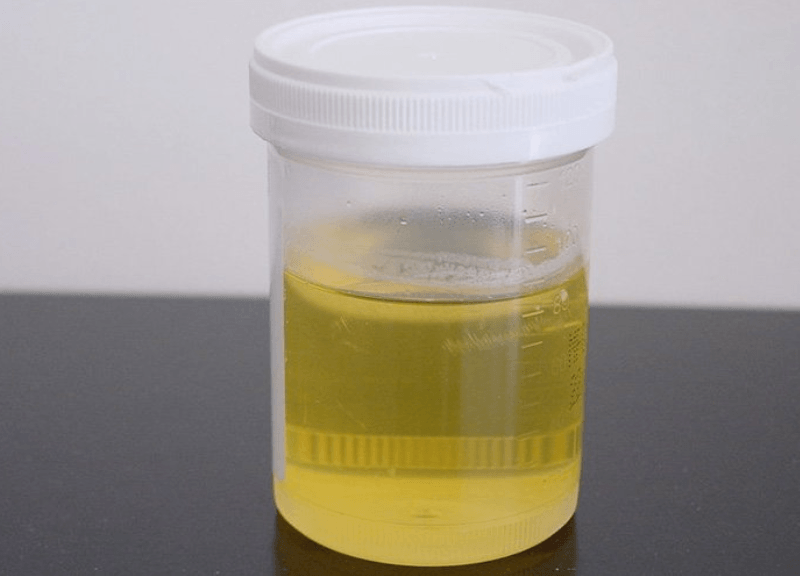One of the most important foods we eat is a carbohydrate, and this article explains how to effectively break carb cravings. We frequently consume excessive amounts of the wrong kinds of carbohydrates.
Suppose you’re like many people I know. Giving up spaghetti and bread to lose a few pounds (or more) may seem like an unfair punishment—even a tease—especially if such meals appear on everyone else’s plates.
Carbohydrates are some of the most crucial foods we eat, despite the popularity of low-carb diets, which frequently suggest that we should dramatically reduce this food group.
They are essential in blood sugar regulation and energy distribution throughout our bodies. These are necessary for our bodies to break down protein to produce energy rather than use it to develop and repair tissues.
Furthermore, consuming the “proper” carbs can keep us healthy.
“Those with the longest and healthiest lives have the lowest incidences of diabetes, heart disease, and cancer. “All of their diets are high in nutritious carbs like beans, legumes, whole grains, and fruit,” said Tamara Duker Freuman. A registered dietitian in New York City.
A daily sandwich on whole-wheat bread or even a pasta dish (though whole grain is ideal). Simply put, the problem is not that we consume carbs; we often consume the wrong kinds of carbs—and huge portions of them.
Processed Carbs Are Problem Carbs.
High-processed carbohydrates, such as white bread, sugary cereal, white rice, pasta, and bagels, cause blood sugar levels to increase and fall quickly. This can result in weight gain.
They can also lead to metabolic syndrome, associated with an increased risk of heart disease, stroke, and diabetes.
Dr. David Ludwig, a nutrition professor at Harvard T.H. Chan School of Public Health, defines metabolic syndrome as “a blend of high triglycerides and low Ldl – cholesterol, insulin resistance, and obesity.” Studies demonstrate that “refined carbs top the list for gaining weight and diabetes risk,” he said. “And refined carbohydrates are the key dietary drivers.”
The catch is that the more refined and processed carbohydrates we consume, the more we crave them. As a result, it appears nearly difficult to break free of the carb-craving big wheel.
Ludwig, the author of “Always Hungry? Conquer Cravings, Retrain Your Fat-Cells, and Lose Weight Permanently.” Claims that cravings are caused by our highly processed, “fast-acting” carbohydrates, which he claims are biologically identical to sugar.
White bread or any other refined carb will soon dissolve into glucose. As a result, it boosts blood sugar quicker than slower-digesting carbohydrates, which are less processed and contain more fiber, just like sugar. The issue is that a quick rise in blood sugar is followed by a collapse.
“Goodbye Carb Cravings”

You might be interested in this:
=> Odd “ice hack” torches 13 lbs every week
8 Plans To Break Carb Cravings
According to nutrition experts, breaking carb cravings does not imply avoiding carbs; instead, eating fewer high-quality carbs full of fiber and low in sugar, such as beans, whole grains, fruit, and vegetables. If you’re not sure where and how to begin, these plans will help:
1. For one week, avoid any starchy carbohydrates. All pasta, bread, rice, bagels, potatoes, pizza, crackers, pretzels, chips, cookies, and cake are included.
According to Freuman, you can achieve more consistent blood sugar management and better manage your desires by reducing starchy carbs. And substituting them with foods that have a more mild effect on blood sugar.
Breakfast can consist of egg whites and cheese and berries, yogurt for a snack, grilled chicken salad with mixed beans for lunch, an apple for a snack, and a piece of fish with veggies for supper.
2. Reduce your intake of sugary carbohydrates, such as candies and sugar-sweetened beverages. These sweet carbs quickly enter the bloodstream, providing sugar but no nourishment.
3. Include some fat. “Many high-fat foods are delectable and do not cause insulin release. So they maintain your blood sugar much more constant,” Ludwig explained. Examples include nuts, butter, avocado, olive oil, dark chocolate, and full-fat dairy. “You don’t miss the manufactured carbs when you eat them!”
4. High-quality starchy carbs can be added progressively after the first week, starting with breakfast. According to research conducted in several populations, consuming carbohydrates for breakfast appears to mitigate the adverse effects of eating carbohydrates for lunch on blood sugar levels.
Compared to days when you have breakfast but have the same lunch. Skipping breakfast may increase your risk of experiencing a blood sugar surge after consuming a carbohydrate meal. In other words, according to Freuman, “don’t miss breakfast, and don’t skip carbs during breakfast.”
High-quality carbs, including minimally processed grains, non-starchy vegetables, whole fruits, and beans, are the ones to choose from. Ludwig said they are delicious and slower-digesting thanks to how they are naturally packaged.
“If you eat a wheat berry, your body must digest the entire grain kernel, which is a laborious process. But if you mill it and turn it into flour, that complete package has been shattered.” “Too much of these ‘naked carbs’ (nutrient-rich bran and germ) will cause metabolic difficulties for most people.”
Steel-cut nuts with oats, seeds, and cinnamon; rye crisp bread with scrambled eggs and berries. Or Greek yogurt with fruit is an example of a high-quality carbohydrate breakfast. Beans for breakfast, according to Freuman, “as in a Mexican breakfast with beans, eggs, salsa, and avocado.”
5. You can start including high-quality starchy carbs (such as minimally processed grains) in lunch after the second week. A sandwich made with whole-grain bread, a bean or lentil soup, a mushroom barley soup, and chickpea or quinoa salad are all suitable options for lunch.
According to Freuman, whole-wheat pasta or chickpea pasta are also good options. However, it should only take up roughly a quarter of the dish to make room for vegetables and protein.

In the longer term,
6. Continue skipping starchy carbs at dinner. Eating carbs for dinner makes us much more likely to experience a blood sugar increase. And store the food’s energy as fat instead of using it as usable energy. Freuman said
“The metabolic response to a carrier meal at night is less beneficial than when we eat carbs earlier in the day,” she adds.
7. Limit refined carbs, such as white bread and white rice. It might be challenging to forgo white basmati rice, pizza, or sushi entirely, but limit these foods to a few times per week.
8. Continue to limit your intake of foods high in added sugars. Limit sweet treats to 100 to 150 calories daily, depending on your goals.
Additionally, remember that anyone with a medical condition should always consult their doctor before starting a new diet plan.


